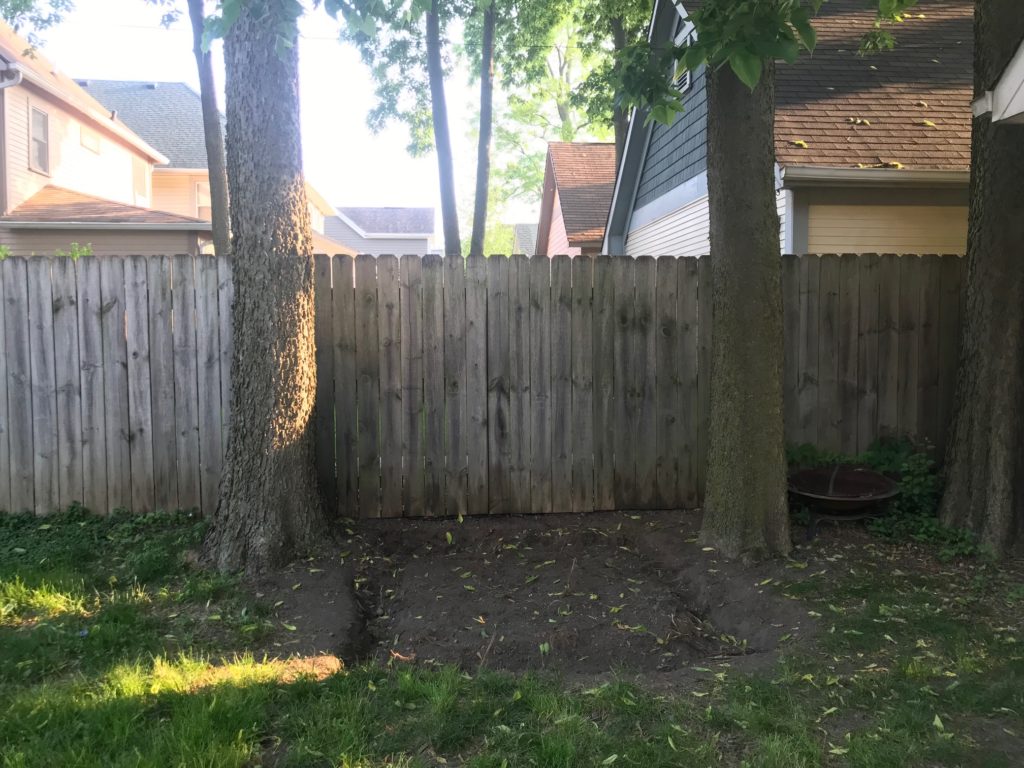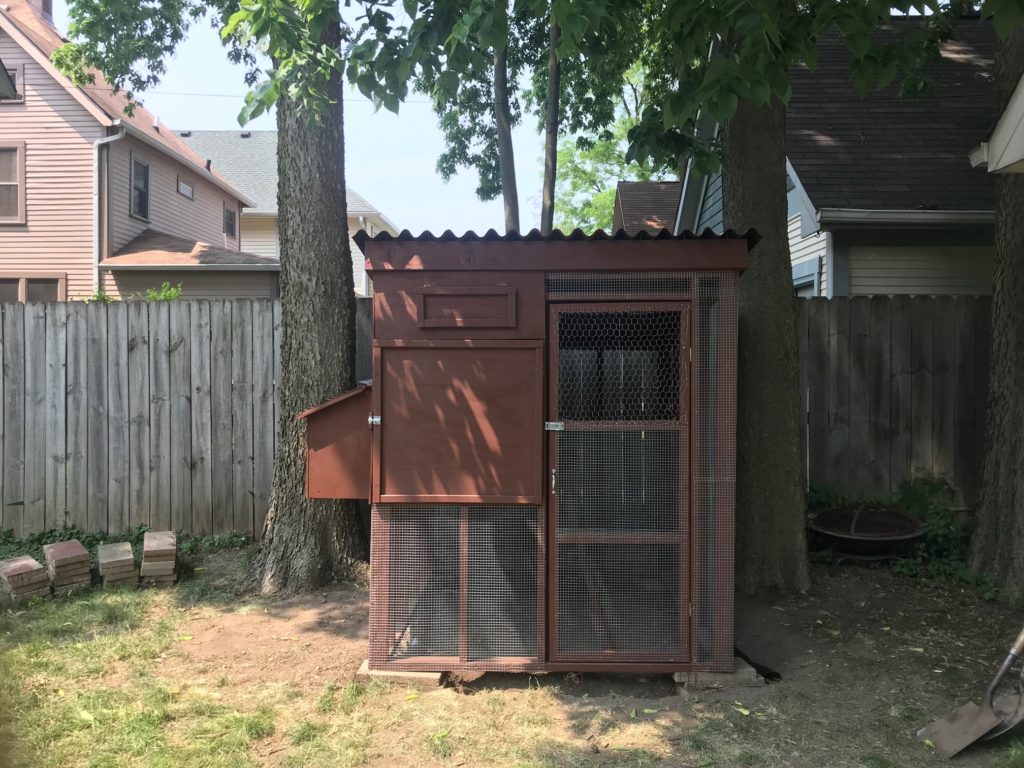My raised beds are planted with a variety of veggies. My strawberries are red and juicy. My raspberries have set their berries, ready to ripen in the sun. There is always a jar (or three…) of kombucha brewing on my counter. One of the last things left to make my urban homestead dream a reality is… chickens!
My husband and I have talked about getting chickens for a few years but never seemed to have the time to do the research and get the project started. That is, until last Christmas when I opened a box with ceramic bowls and a note that said “You can eat your own EGG drop soup in these bowls…. Because we’re getting chickens!!!” Now, fast-forward five months and here we are: a coop built in the backyard and a chicken pick up scheduled for next week.
If you’re anything like me, any new project requires hours and hours of research. For any new experience, I like to know everything possible. Yet, somehow, I also easily become overwhelmed with mass amounts of information. This was definitely the case when I googled things like coop design and caring for chickens. Just like anything on the internet nowadays, there are a million pages to go through and often, they are filled with conflicting information! I’d like to share with you some of the helpful resources I found, in case you’re interested in getting chickens too!
1) COOP DESIGN: The demand for backyard chickens has grown exponentially over the past few years, which means coops are fairly easy to find. You can buy them from online retailers starting around $150. I’d also recommend checking out CraigsList and Facebook Marketplace for some used options. My husband designed our coop using the free website, SketchUp and we spent about $350 on materials from Lowes, Menards and Tractor Supply Co.
The general rule of thumb is that chickens require about 3 square feet each in the coop itself and an additional 8 square feet per bird in a run. The coop section of our build is roughly 16 square feet (enough for 5 birds). The entire footprint of our coop is roughly 33 square feet, which means the chickens have all that space as a “run” or area where they can scratch, eat and explore during the day. We weren’t too concerned with making the run portion too large because we plan on letting them free-range in our fenced in backyard whenever someone is home with them.
It’s also very important to predator-proof your coop. We did this by digging deep down around the base of the coop and laying chicken wire and a layer of cement pavers. This will help ensure predators like possums, raccoons and rats can’t dig inside your chicken run/coop.
2) INSIDE THE COOP/RUN: The main requirements for backyard chickens are a roost (a rod/thin edging of wood where the chickens will sleep at night), nesting boxes (a dark, secure, safe space lined with pine chips/straw where the chickens will lay their eggs), a feeder and access to water. You can be like me, and make a trip to Tractor Supply Company (TSC) to get all the required accessories or look up creative DIY options on Pinterest.
3) FOOD: The type of food you buy depends on the age of your chickens. I went with an organic brand from TSC that is for chicks/growers. The three birds I’m picking up are pullets. This means they’re not baby chicks, but they’re not quite to the egg-laying stage. My pullets hatched on February 25, which means it’ll still be a few weeks/months until we get our first egg (starts typically around 6 months of age). The optimal nutrient requirements are a little different depending on the age of your chickens, so just consult the information on the back of the various feed bags to figure out which is best for your birds.
Chickens also act as composters—meaning they eat almost anything! I plan on giving my chickens lots of yummy (and healthy! It’s best to avoid foods with high sodium and/or sugar contents) snacks like pea shoots, dandelions from our yard, veggie scraps, herbed ice cubes and maybe even some of my older kombucha SCOBYS (Hey, I know it sounds weird/gross, but apparently SCOBYs are super healthy and full of fiber. I personally don’t want to eat any, but plenty of sites have said they’re great to feed to chickens!). Chicken poop, when composted correctly, is considered “black gold” in terms of fertilizing and helping plants in your garden. I’m going to experiment with this, so perhaps a Chicken Poop Post will be written in the near future.
Now, I do have to admit something that you may think is extremely odd for a lady about to get three chickens. Chickens, and birds in general, kind of terrify me. I have no idea why. Maybe it’s their strong, pokey beaks? Perhaps it’s their wings that flap and flail? Maybe it’s their talon-y, feet? Or, perhaps it’s the fact that they resemble tiny little dinosaur monsters? Regardless, this whole endeavor is a welcomed challenge to my fears of birds, the unknown and releasing control. Feel free to follow along on my chicken journey on Instagram @lizklop. Similarly, if there are any chicken-lovers reading this post, please send me any and all advice!











